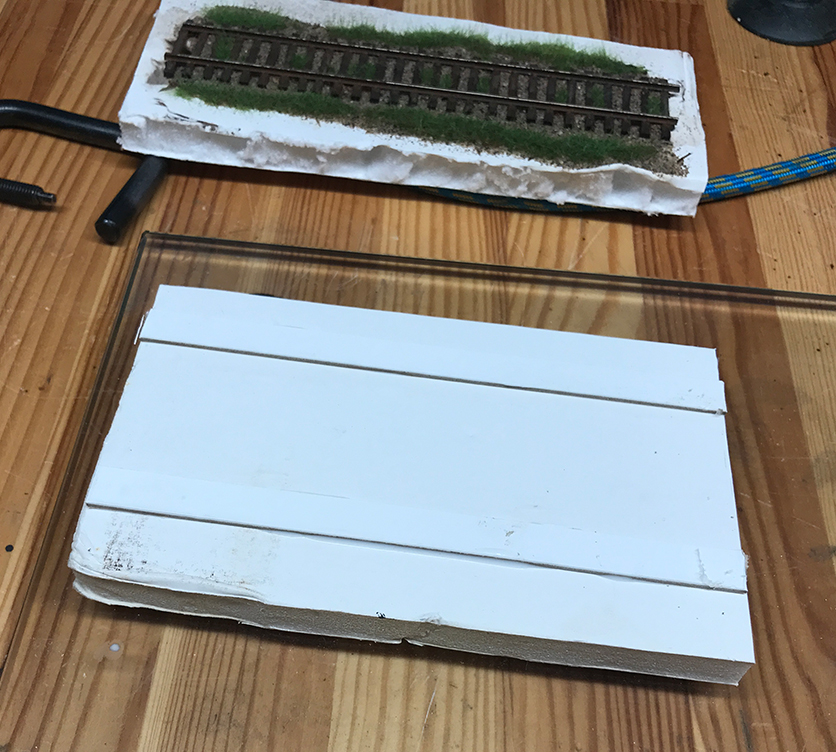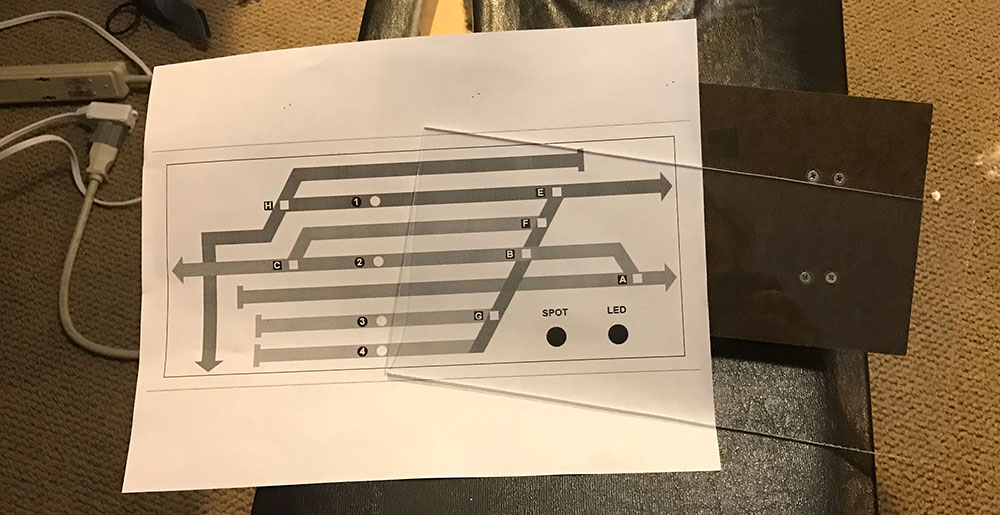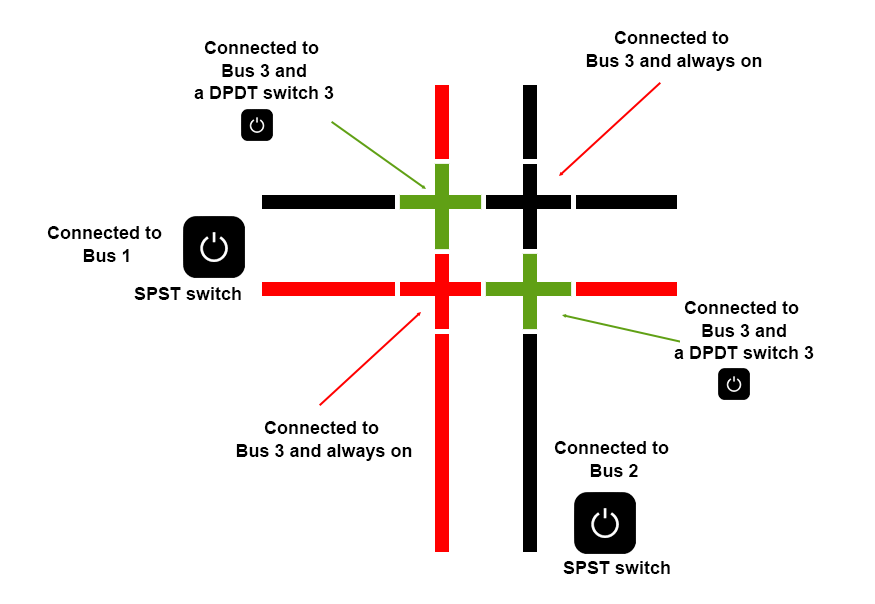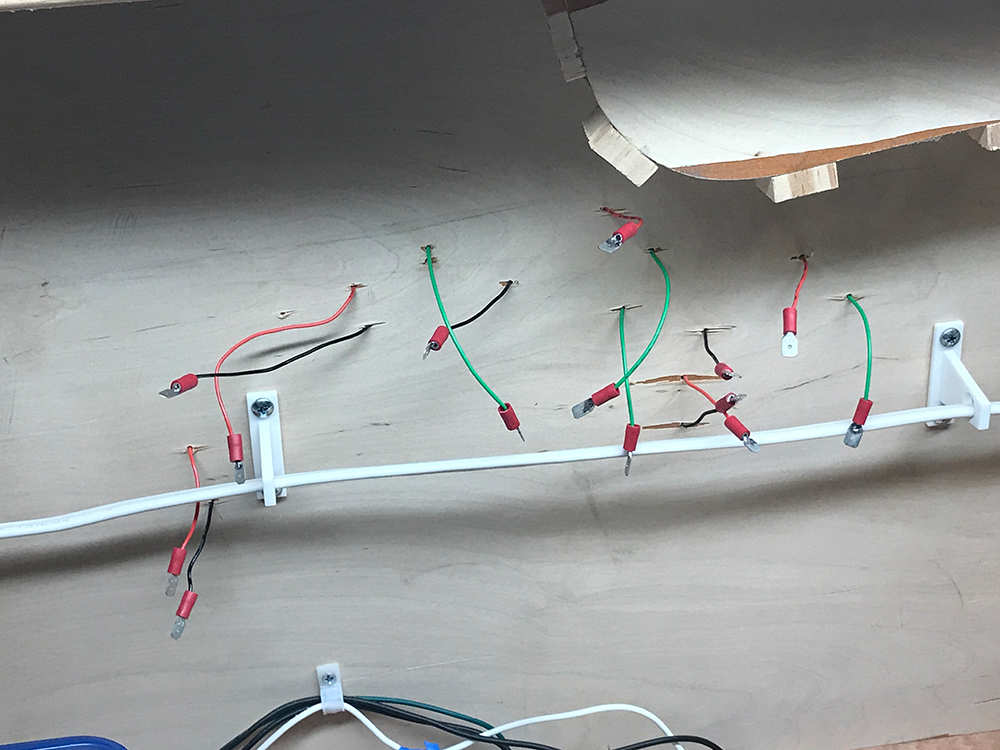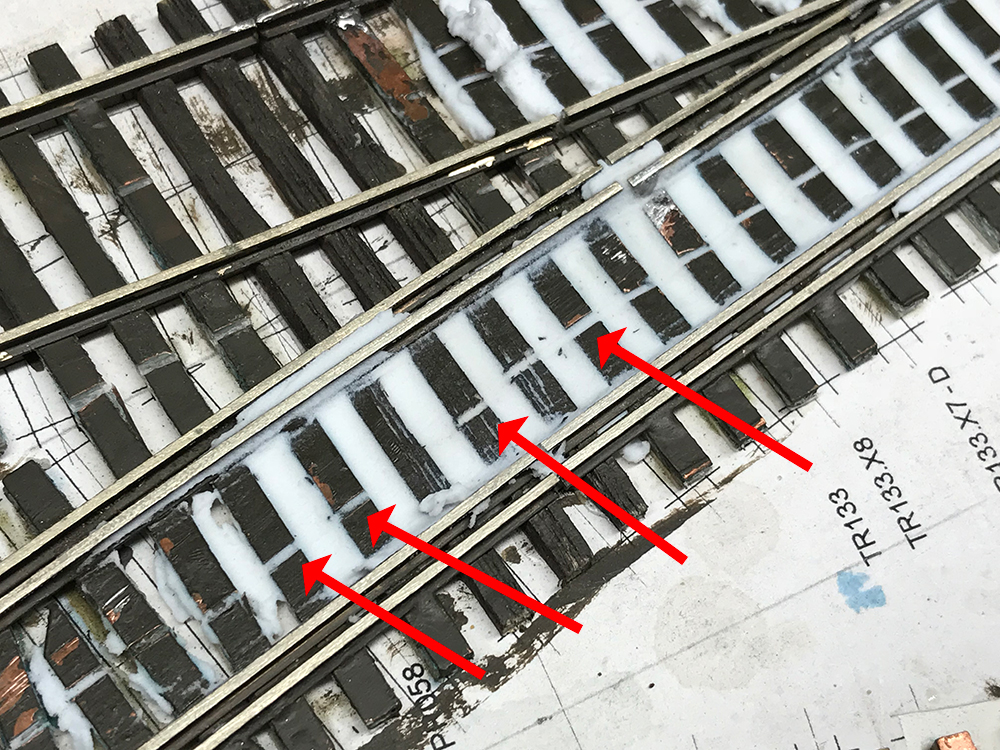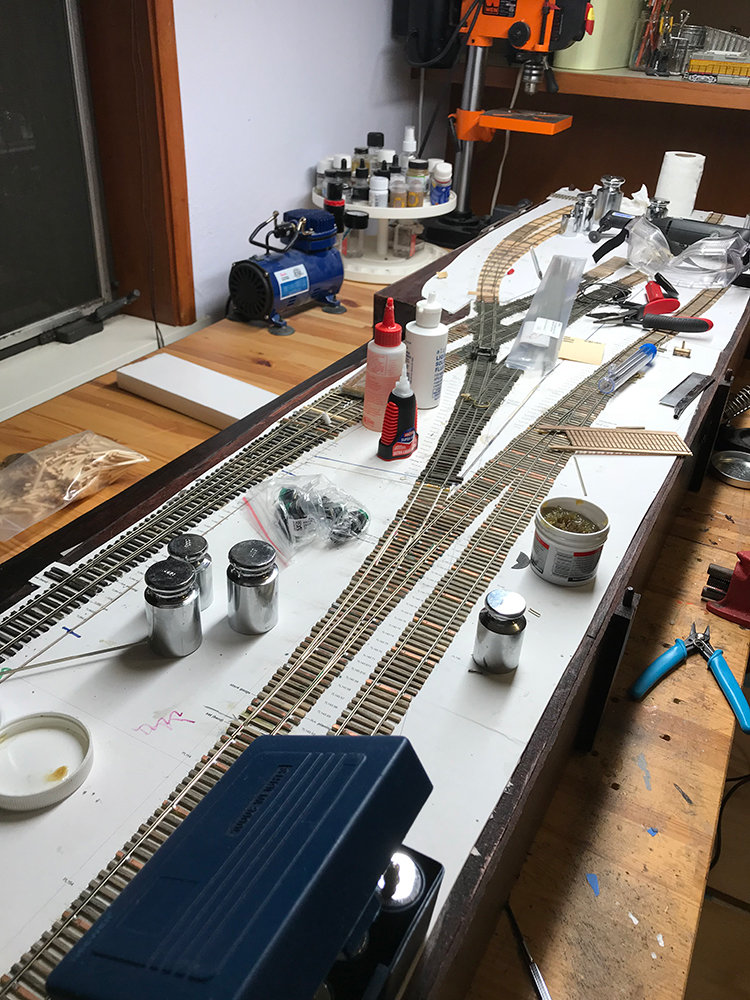I wanted to model track vignettes – little scenes where I could explore the rapid changes that occur from tie to tie. Three ties may be split or moved over to an angle, others may have been splintered. Dust may have stained a few more and vegetation might have spread across another group. I wanted to model all these effects.
I built series of small testing platforms in order to work on short stretches of track. They were made of foam board and no other support. Once glue goes down on these boards they can warp but these pieces are so small (5.5 inches by 3 inches) that any warping was not noticeable.
